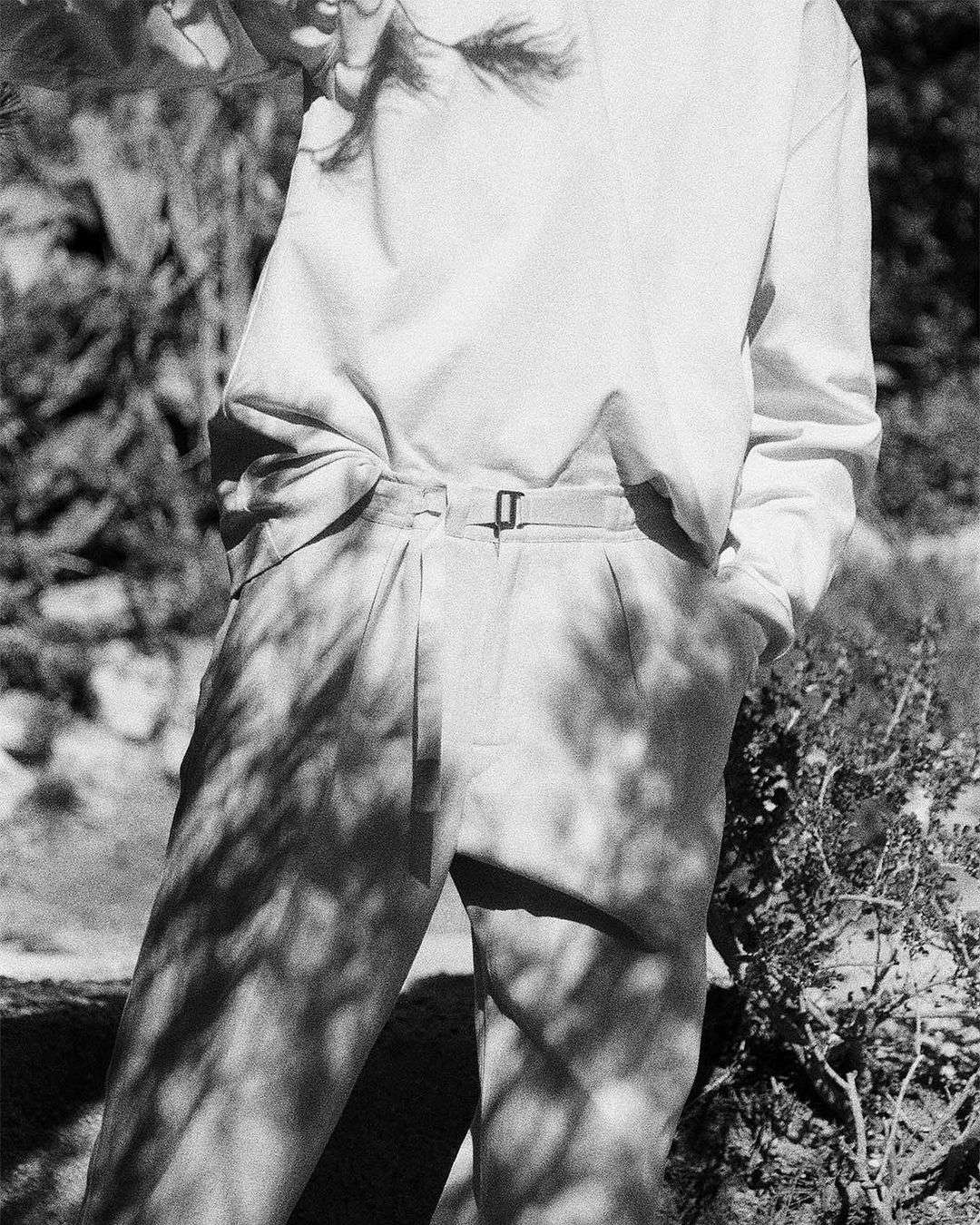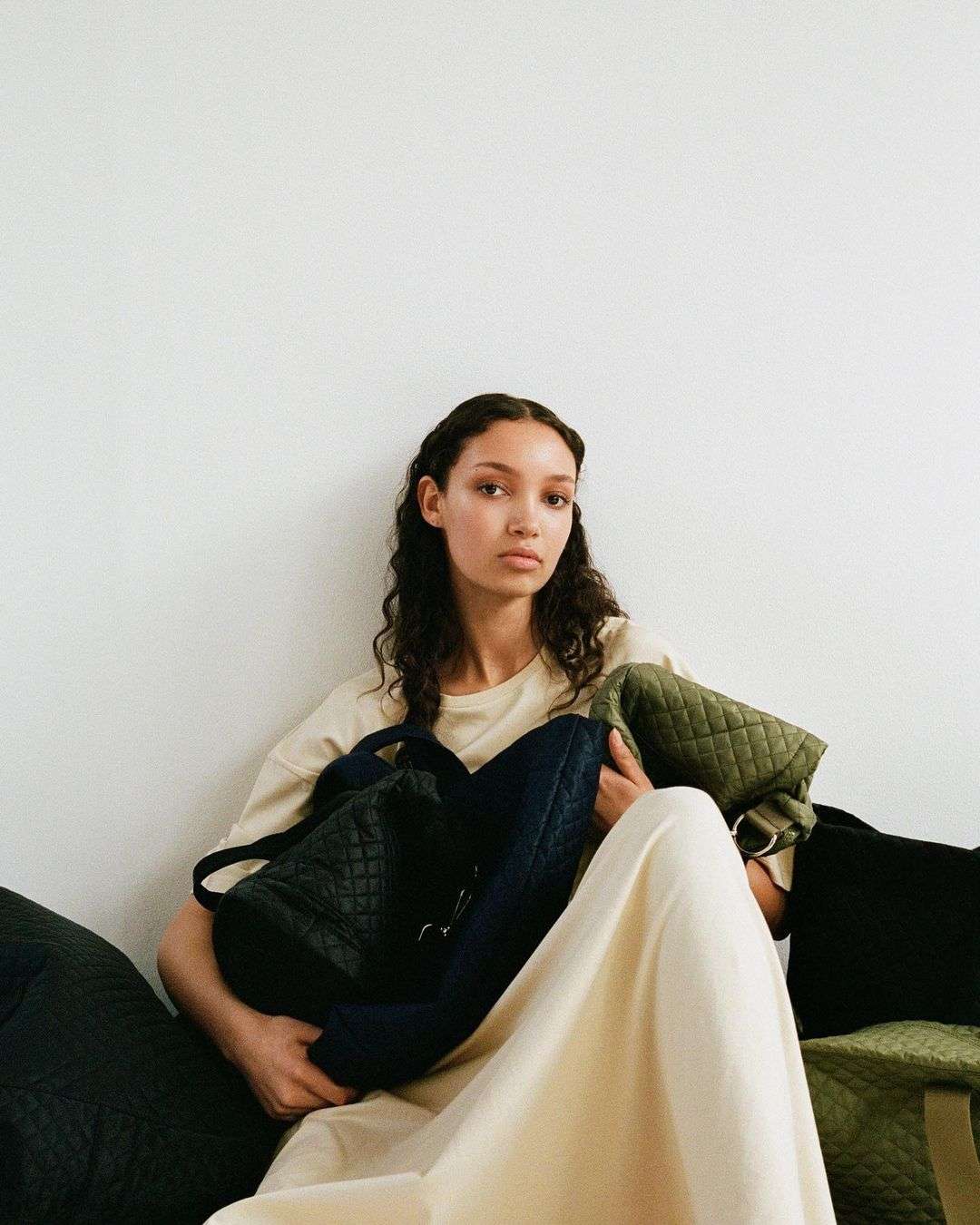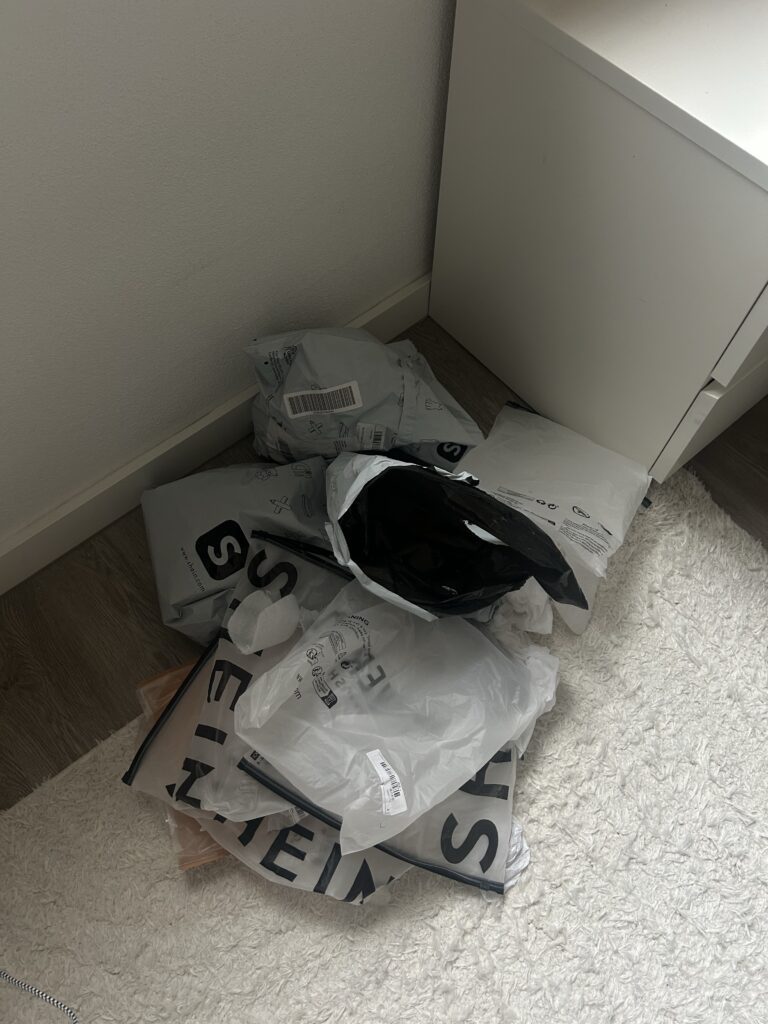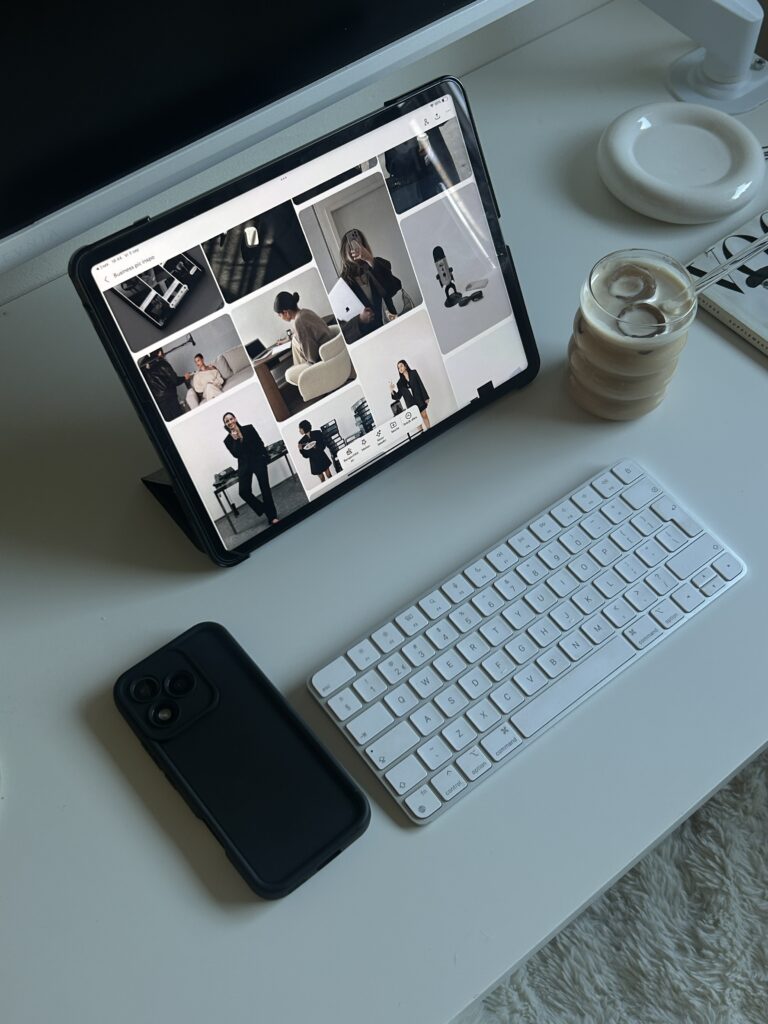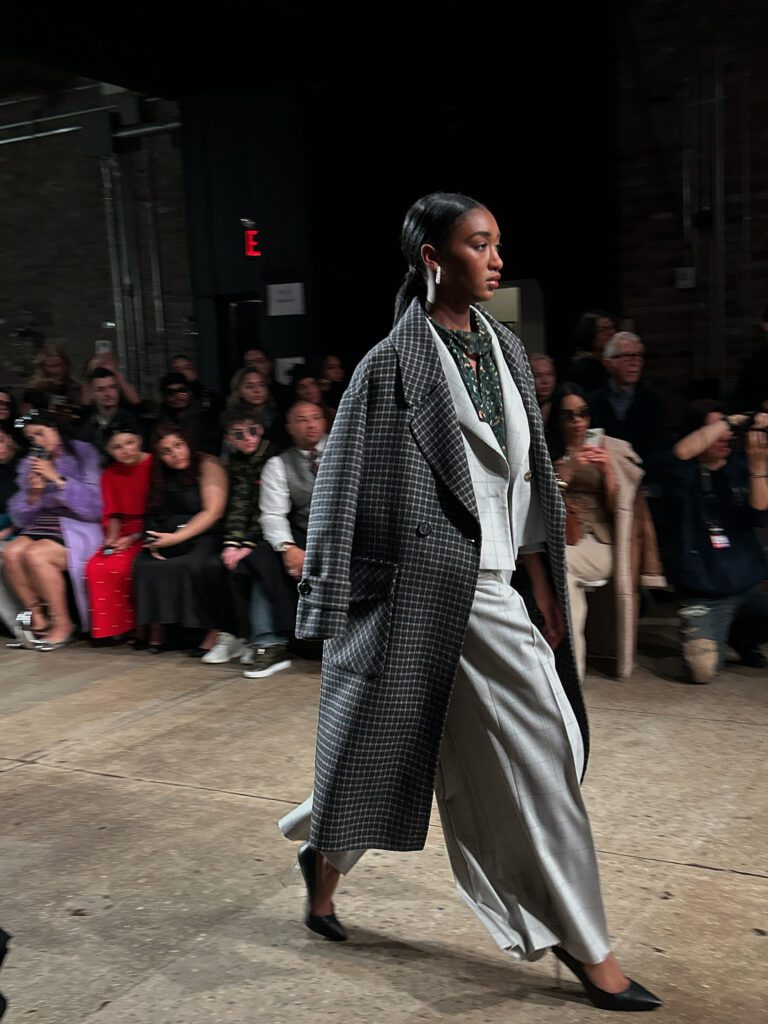When it comes to sustainability, we often focus on personal actions to reduce textile waste.
But have you ever considered the textile waste generated by fashion brands? During the design process, tons of samples and scraps are discarded, contributing to landfill waste. These fabric scraps release hazardous chemicals like methane, CO2, and PFCs when thrown away. According to Greenpeace, “an estimated 400 billion square meters of textiles are produced annually, with 60 billion square meters left on the cutting room floor.” This waste is a significant environmental concern.
FABSCRAP, a non-profit textile recycling organization, addresses this large-scale issue. They help companies sustainably recycle their waste, complying with New York City recycling laws. FABSCRAP sorts the scraps for creative makers to upcycle and reuse.
Based at the Brooklyn Army Terminal in New York, FABSCRAP was founded by Jessica Schreiber, Camille Tagle (co-partner and director of Reuse Partnerships), Annie Keating (Operations Coordinator), and supported by dedicated interns and volunteers. Since its launch in 2016, they have recycled 100,000 pounds of textiles. Jessica’s previous work at the New York City Department of Sanitation inspired FABSCRAP’s creation when fashion brands sought recycling solutions for samples and headers.
HOW FABSCRAP WORKS
Brands sign a service agreement and receive two types of bags: black bags for proprietary designs, patterns, or logos, and brown bags for everything else. The scraps in black bags, along with very small scraps, are shredded in New Jersey into shoddy, used for carpet padding and insulation. Each bag holds 40-50 pounds, allowing FABSCRAP to provide clients with data reports to help meet their sustainability goals. Once filled, the bags are picked up and sorted by volunteers, who are compensated with up to five pounds of fabric. Community is a core value at FABSCRAP, fostering a sense of involvement and contribution.

INSIGHTS FROM JESSICA SCHREIBER AND CAMILLE TAGLE
Can you tell me more about your co-partnership, how did it come about to merge design up studio with FABSCRAP in 2017?
C My background is in evening wear design. After working in design and see the environmental impact, I was motivated to change what I was doing and concentrate on helping others in their sustainability efforts. I oversee retail, the reuse of fabrics and mentor interns and potential users of the fabrics we collect.
J Merging our two backgrounds together has been perfect. My experience is in waste management. Camille brings in her knowledge of fabrics and design. When we met we knew right away we wanted to work together.
Along the process of learning of the textile waste created in the fashion industry, what inspired you to change your shopping habits?
J As with everything the more you know about it, it makes it harder and harder to shop. When you know too much, it makes it too difficult. If I have to shop for something, then I shop secondhand. If there is a product I like, before buying it, I make sure the brand values align with my values. It is important have our garments circulating and refurbishing garments is a way for keeping our clothing longer. I was inspired by the book Overdress by Elizabeth L. Cline and reading about shopping consciously helps make shopping less overwhelming. The community too, meeting people in the panels and hearing their experience and advice is informative.
C Because of my earlier experience in the fashion industry designing luxury evening wear I was exposed from an early start of its damages to the environment. Knowing this made me look at clothing differently. That is why helping others achieve their efforts for sustainability now hits home. More and more people wanna change their habits and making and shopping ethically further those commitments.
It is important have our garments circulating and refurbishing garments is a way for keeping our clothing longer.
What are your top habits for living an eco-friendly lifestyle?
C As Jessica had mentioned, refurbishing garments are a great habit. Also, buying secondhand is an excellent way of stopping clothing from landing in landfills. Much has to do with reusing and decreasing the amount of waste we produce.
J I try to avoid single use items. I bring a fork, reusable bottle of water. I also compost regularly with my husband. Living in New York, makes composting accessible. It’s pretty much taking conscious actions of cutting down on waste.
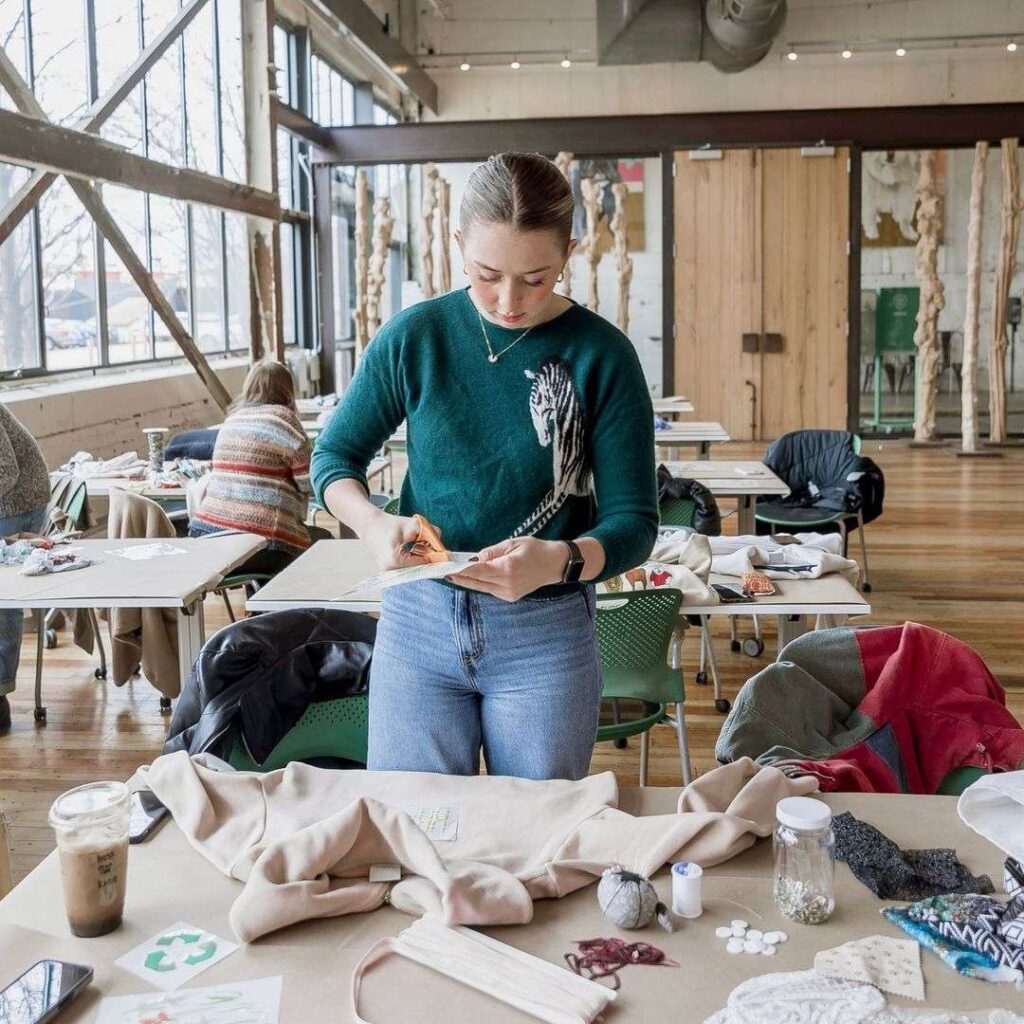
FABSCRAP has become a hub for the creative community of makers, recyclers. Nearly 600 volunteers have sorted fabrics. How do you reach out to find volunteers?
J Outreach. A lot of outreach lets us spread the word about Fabscrap. I go to local school, conferences, panels to talk about Fabscrap.
C It has grown organically also. A lot of interns, volunteers; they go to their classroom tell teachers and friends, work colleagues who volunteer tell their colleagues. There are also the pop-up shops we have around New York. I believe it is the allure and excitement of knowing you can contribute to a bigger solution. These volunteers find out about it and wanna be part of the solution.
J Exactly and one great benefit of our fabrics is that we collect them from well-known brands. They serve as trend forecasting because these are the sample fabrics the brands used for their design research.
C And for us it is important for people to feel at home. To be surrounded by like minded individuals drives the community, the familiarity of our intention to create a positive impact in the industry spreads the message and allows others to find out about us.
What are your projections for the future of FABSCRAP? Where do you see it headed?
J The move to the new warehouse here in Brooklyn has been pretty big. Our future projection is to replicate this in the west coast. Much manufacturing is done there, it will be a great way to expand our endeavor of reducing the amount of textile waste and making these materials available for reuse.
C Continuing to grow and provide our services for more people to reuse these fabrics. For us accessibility is important. We want to advance our support for sustainable fashion and provide our services for anyone, anywhere.
Of their growing 150 clients some are Eileen Fisher, Mara Hoffman, and Tracy Reese. Fabscrap has also collaborated with Zero Waste Daniel and Vestment Clothing, both source these pre-consumer fabrics to create their attractive garments. As Livia Firth has said “become an active citizen through your wardrobe.” Thanks to Fabscrap initiative, we can do so, we can follow through with our sustainable practices in a micro level with what we create and on a macro level by sourcing Fabscrap fabrics. Everyone can benefit, Fabscrap fabrics are available in their online store and you can purchase their fabrics from anywhere you are in the world.
Join the Club
Like this story? You’ll love our monthly newsletter.
Thank you for subscribing to the newsletter.
Oops. Something went wrong. Please try again later.


